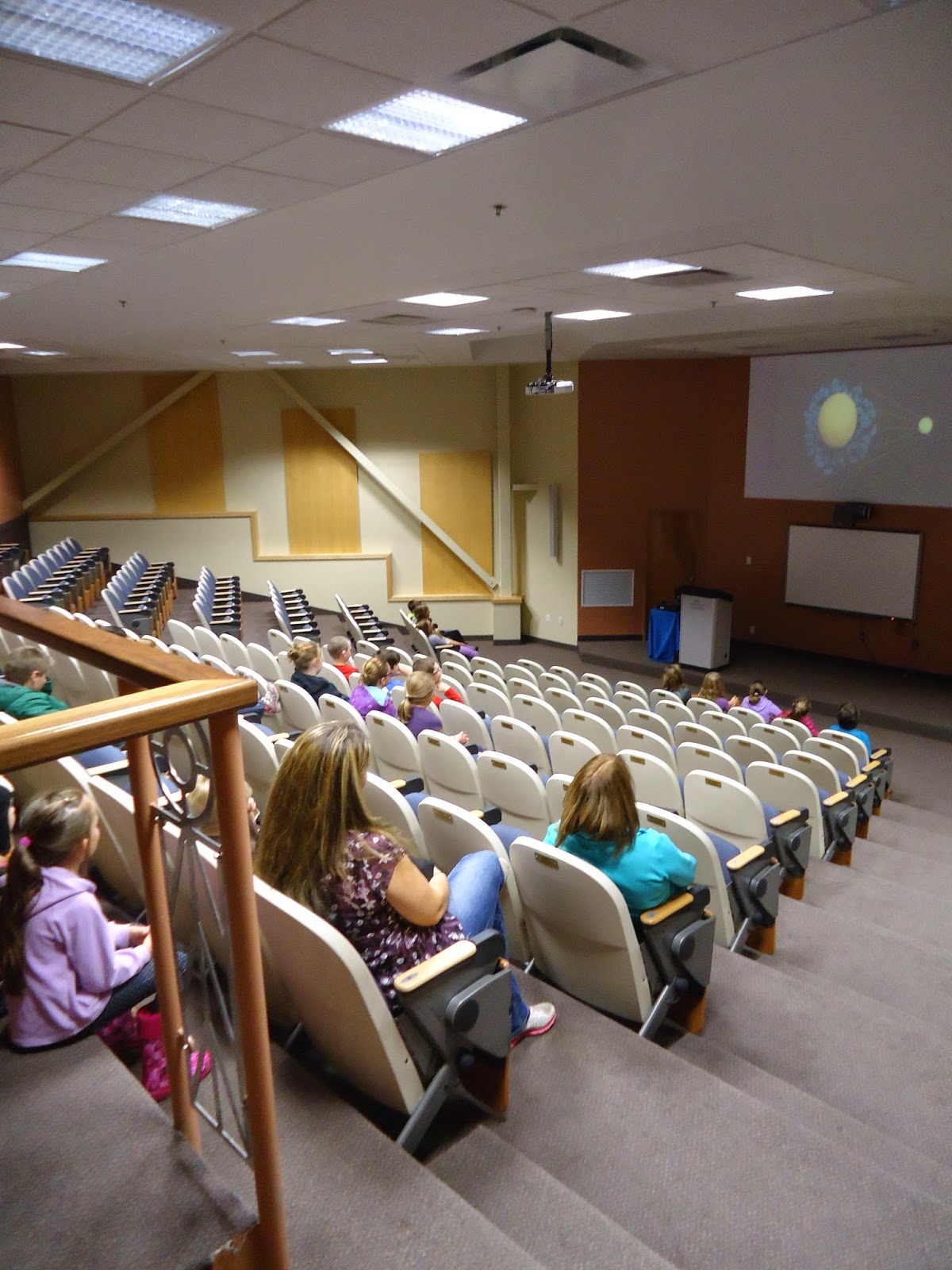Surface active group (SAG) - right whales socializing
and possibly courting.
Lobtailing - lifting tail out of the water and
then slapping the surface with the tail
Breaching - jumping out of the water
Breaching humpback coming down.
Skim feeding - right whales feed by skimming through the water
with mouth open to filter plankton from the water
Peduncle throw - lifts tail out of the water and swings it sideways
Spyhop - pokes head above the water to see
what is going on above the surface
Flipper slap - slapping the surface with a pectoral fin




























































%2BAug%2B16.JPG)
